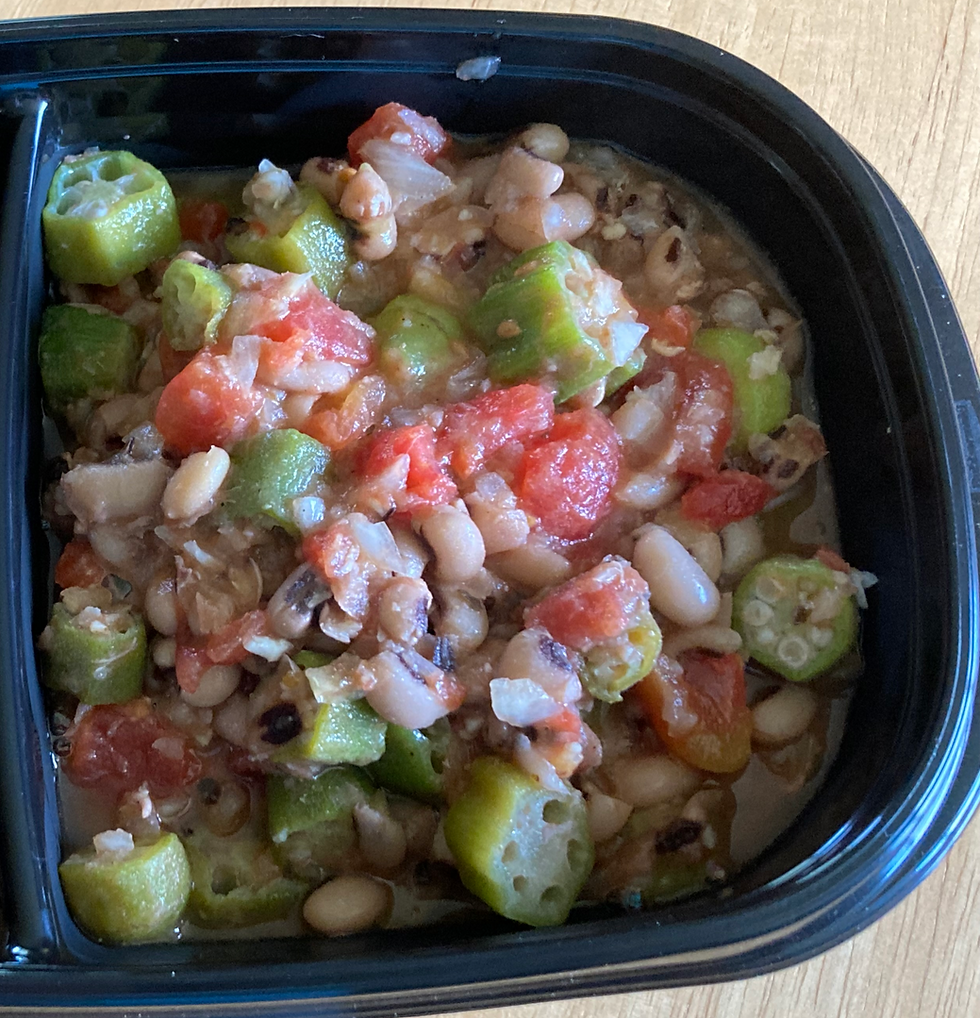4 steps to understand glucose numbers - part of the 9 essential things to know if you have diabetes
- Juanita Weaver-Reiss
- Aug 28, 2017
- 2 min read
This is a continuation of the 9 essential things to know if you have diabetes. I will be focusing on the way to look at glucose numbers to understand why they are high or low.
The question
"I don't know why the numbers go up or down." This is a common statement that I have heard over and over. It is not just people who are newly diagnosed that are confused by this. It is also people who have diabetes for years. It is a common frustration.
In some cases, the provider doesn't help much. The visits that you have are rushed and it seems that it never gets to the top of the list as to why the glucose is doing what it is doing.
What does it take to understand glucose numbers
To understand why glucose numbers go up and can go down does require some work on your part. It requires that you document information necessary to "play detective" with those numbers. It may also mean you ask for help in looking at those numbers and information from a Certified Diabetes Educator. But they can be demystified and finally understood.
Steps to take
It is more than just your numbers. It is other things that you do or don't do that make the glucose go up or down.
Step 1
Write your information down along with your glucose numbers
Write down what you eat. This would include the type, amount, and when you eat
Write down what type of activity/exercise you have, if any. List the length of time you are physically active
Write down if you are having stress or having stressful situations.
Write down if you are sick, have an infection, had surgery, or hurt yourself.
All of these are factors that can influence your blood glucose levels.
Step 2
Vary the times when you check your glucose
If you only check one time a day, vary this check. Checking at different times will help you identify 'problem' areas and allow you to take action.
If you are only checking before meals, it may be beneficial to do some after meal checks to see how food is affecting your glucose.
Step 3
Know what makes your glucose go up or down
What makes your glucose go up.
Too much food
Stress
Illness, infection, injury or surgery
Sometimes activity
Being inactive
Not taking medications as prescribed or not the right medication plan
Glucose monitoring errors
What makes your glucose go down
Not eating enough food
Skipping meals
Activity or exercise
Drinking Alcohol
Too much medication
Glucose monitoring errors
Step 4
Know your glucose targets
The general targets are:
Before meals 80 - 130
2 hours after meals less than 180
At bedtime 110 - 150
Ask your provider for your specific and individual targets.
It may be beneficial to work with a Certified Diabetes Educator to review your information to get a better handle on the ups and down of your glucose patterns.
My link to schedule is http://www.nutritionandhealthworks.com/schedule-your-appointment-1
I wish you Best Health,
Juanita




Comments